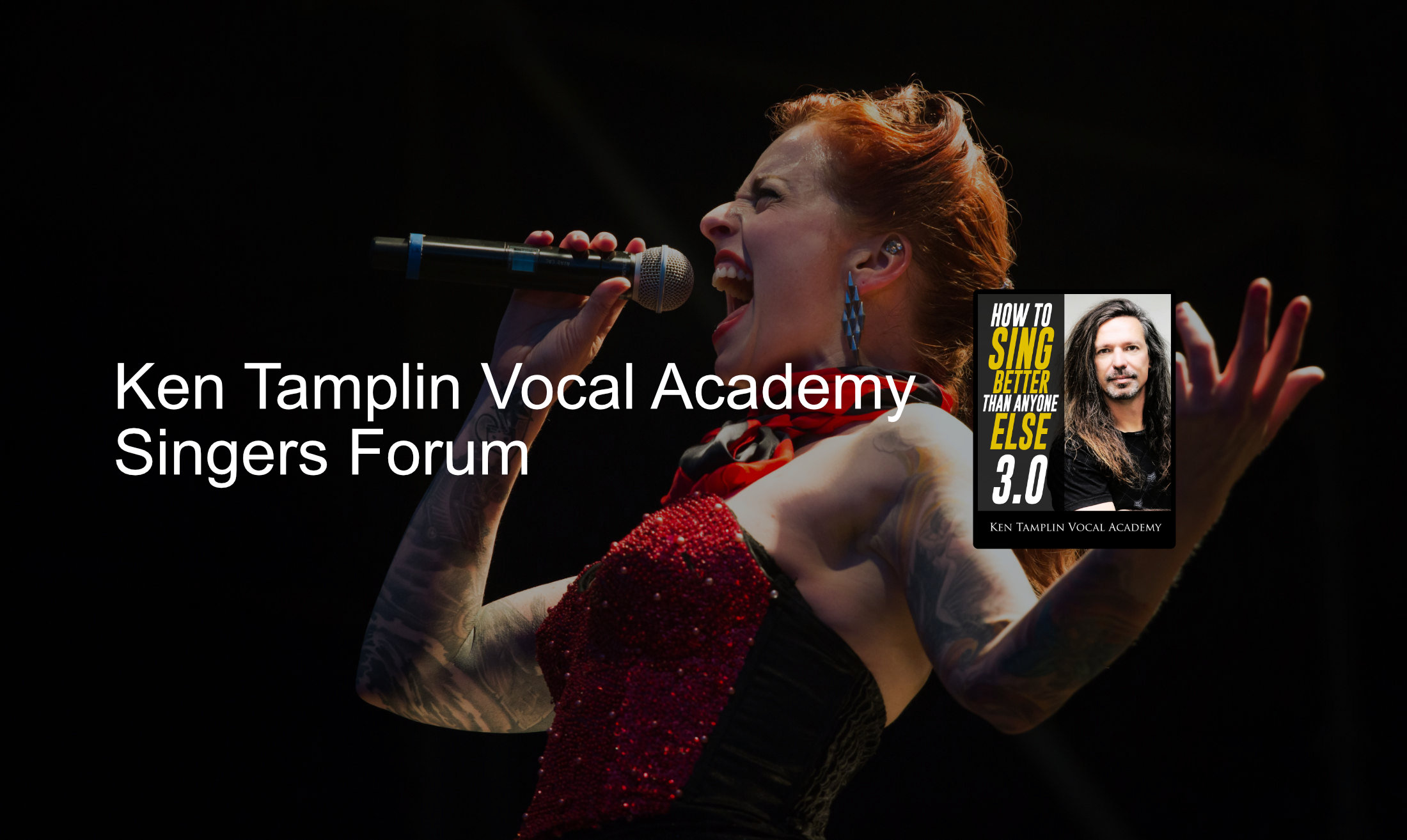Natural Sounding Quiet and High
 jimmygneccofan
Member Posts: 25
jimmygneccofan
Member Posts: 25
Okay, this is a tough question to articulate but here goes...Is there a different mechanism or technique if you're singing a song with a quiet/mellow vox in a higher range when you're "imitating" a singer with a much higher voice?? For ex: If a low baritone is singing an alto/tenor's song around E4-G#4 and the singer is practically talking, the baritone is almost functioning as a ventriloquist or something, right?? I mean, you're basically throwing your voice up and talk/singing in your version of a higher speaking voice? Does anyone have any thoughts or knowledge on this concept?? My explanation is atrocious, I know. Haha!


Comments
So you may have to go to another register, or simply adjust laryngeal position, or widen the pharynx, etc...
There are many adjustments and sounds you may want to emulate, and each one has its own characteristics.
You may use "little boy voice" or "big giant voice" or just about anything. They're all different "setups" of the voice, and, depending on where you normally reside vocally, you may need to warm-up to that different place to "set" the voice there.
I think I know what you're saying and that's exactly what I'm currently working on!
Here's a C5 sang at a relatively low volume.
I did this to really get into my Chesty Mix rather than a Chesty Belt, so it is overly closed down and dark but it may help ya. Not a sound i'd recommend singing with but its a good way to find a (overly) mixed upper chest note.